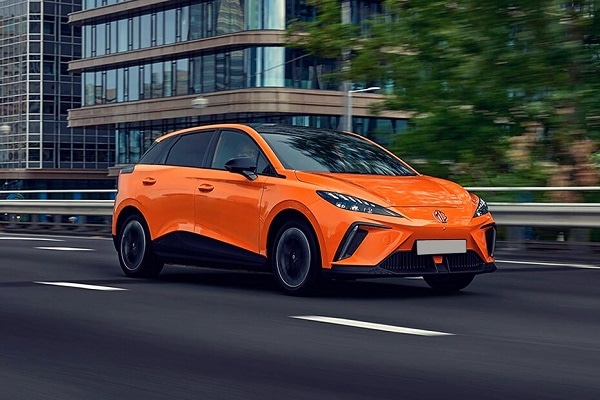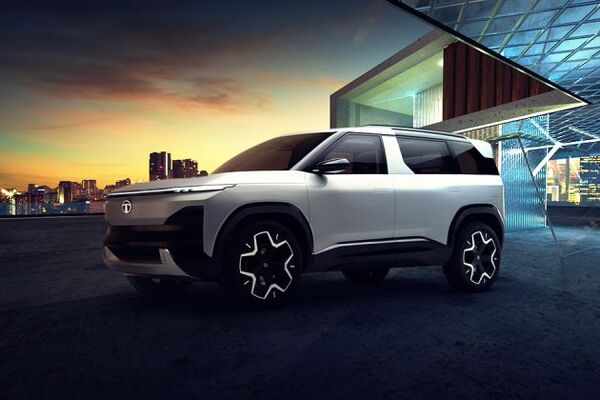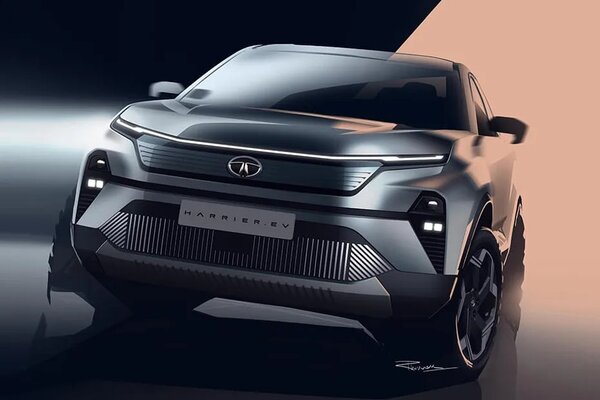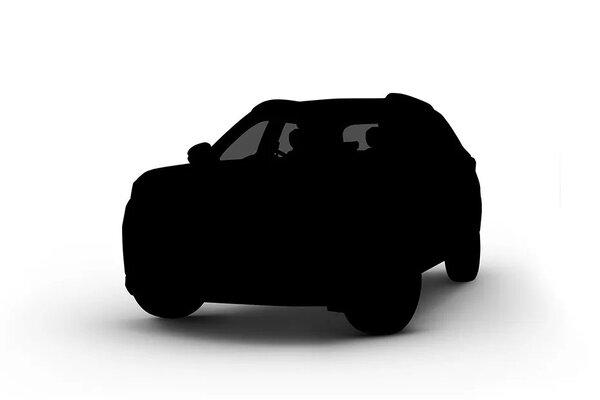How Lohum is trying to make mark in India's EV ecosystem, one battery at a time
- Battery technology and how fast development takes place in this arena is expected to be the fulcrum on which the EV revolution balances itself.
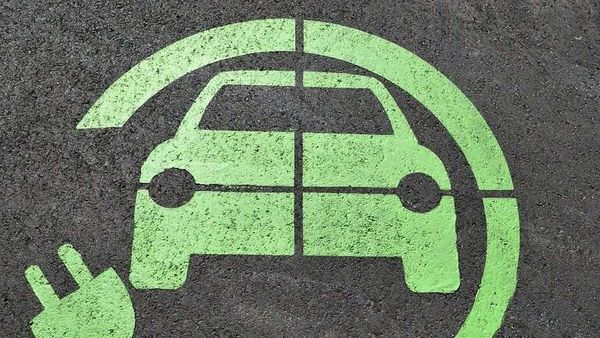

As the automotive world looks at pressing forward on the electric lane, India hardly wants to be left behind. The impetus on clean mobility is gathering pace but there are challenges aplenty as well which would need to be ironed out - from infrastructure to the basic question of what happens to batteries that power EVs once their life cycles are over.
Lohum is looking at providing efficient solutions to OEMs to maximize lifecycle revenue in a bid to make EVs more sense than ever before. In an e-mail interview with Rajat Verma, Founder of Lohum, HT Auto tries to find out the future prospects of the heart that powers clean vehicles of tomorrow.


Also check these Vehicles
Here are the excerpts from the interview.
Covid-19-related circumstances have given an impetus to the EV movement in many countries. Is now a good time for EV players in India to press forward?
There is no better time than now. In order for India to compete globally in the EV space, it must move now because the rest of the world is not waiting. Electrification of vehicles is a trillion dollar global opportunity and India has the potential to become a leader. Amidst Covid, Indians got a first-hand experienced of a truly clean air. The populous realized in one month that pollution is solvable, clean air is possible and that electrification is a critical step to transition. We were already seeing a huge interest in EVs pre-Covid and now the momentum is only increasing.
According to you, what are the biggest hurdles in EV space in India?
There are two major hurdles – upfront cost and education. Though battery prices continue decreasing and the total cost of ownership of an EV is already at par or below ICE alternatives in multiple vehicle segments, the upfront cost is still an obstacle. At Lohum, our battery life cycle solutions from 1st life through recycling were developed to lower the cost considerably. For example, we are able to offer a 20% buy-back on battery packs because we understand the residual value and have the ability to maximize value after its initial use through 2nd life and recycling. The second hurdle is education. People prefer shifting to electric vehicles as they are better for the driver and the fleet operators but most people often have very limited understanding of the true life of the vehicle.
Battery is the core component of any EV in any segment. Is lowering prices for lowered buying cost of the EV a possibility before and for mass adoption?
The key to lowering cost is through the battery because it accounts for a very significant part of the overall cost of the vehicle. Technology and volume will continue to decrease cell costs and thus battery costs but financing options could really jolt adoption. Financing and rental models have received a lot of traction in other geographies, and we are exploring options with numerous partners to offer this in addition to our overall lower cost. Once the upfront cost is at parity, we will see mass adoption because of superior performance and lower operational and maintenance cost of an EV.
What is the nature of challenges that Lohum has faced in the last three years?
One challenge has been technical and experiential talent in the EV and battery space. India is a major global auto market but the EV ecosystem is very nascent. In other major auto markets around the globe people have been working on EVs for over ten years. Furthermore, we require technical and manufacturing know-how across both EV battery packs and battery material extraction so this only expands the talent requirements.
Another challenge is the limited manufacturing capacity for battery and EV related material requirements. We fabricate our battery packs domestically but are still unable to source a number of components domestically.
Finally, the overall EV segment requires more investments and better access to credit. Needless to say, facilitating policies from the government – both at the center and the state level will help in financing the ecosystem better.
Newer manufacturers are entering EV space but is the pace of EV products launched a concern at Lohum?
With any huge opportunity one would expect a lot of entrants to the market.
There are several players emerging in the electric vehicle space across various categories of 2W, 3W and 4W. Similar to any major technology shift, many incumbents in the auto industry will have difficulty with the transition. Automotive leadership around the world could look substantially different in ten years. What’s relevant for us though is all such players realize the need for robust 'Made in India' batteries and recognize our strong leadership in technology and our ability to provide an end to end battery lifecycle solution.
In the Lithium-ion battery space, the market size is big enough for lots of players but those firms with strong technology and business models will thrive. Our goal was to develop technology and a business model that created significant value for our customers across the battery life cycle with 1st life, 2nd life and recycling solutions without using 3rd parties and this positions us well.
There are concerns over life cycle of a battery and the environmental impact of defunct batteries. How does Lohum plan to address both these concerns?
Not all batteries are created equal. It’s early in this transition so a number of firms advertise a lot about battery longevity without a lot of historical data. India’s environmentals (heat, dust, etc.) are difficult conditions for batteries and therefore, they must be designed around these constraints. We have over 3 years of real-world operational data for our early battery packs that were used during R&D and then provided to customers at a discount. Through our pack, BMS and charger capabilities we are very confident our battery packs will perform well beyond the 3 year / 1000 cycle warranty. Additionally, battery testing is one of our core competencies because we must understand how to ensure used batteries perform to their requirements during re-purposing. Our 2nd life R&D has led to innovations that we employ in our 1st life packs to generate greater longevity.
Yes, if batteries are not disposed of and/or recycled properly after their initial use then there are negative environmental impacts. However, if batteries with remaining life are re-used and/or recycled if the battery has reached end-of-life, then the environmental impacts are very positive because a circular economy is being created. That’s why we created the technology we did. By re-purposing used cells into 2nd life packs we are saving approximately 75% of the total battery pack production energy consumption and saving greater than 860 MJ/kWh on cell production because we are using existing cells. Furthermore, through our material extraction technology we are reducing the need to mine because we are able to return the battery grade materials into the feedstock for new batteries. Over time this reduces the mining requirement for raw materials by millions of tons. The ability to mine battery grade materials through recycling enables countries such as India that don’t have cobalt, lithium or nickel to mitigate supply chain risk.
Range of battery per charge and supporting charging infrastructure - both are crucial for EV adoption. Where does India stand on both counts?
On the smaller e-rickshaws, we are seeing north of 70 km range and with the auto-rickshaws, we are seeing north of a 90 km range. Functionally, these ranges work well with the operational tempo of daily cycles. The big advantage of 2 wheeler and 3 wheelers is that customers only need a small charger. These vehicles don’t require significant infrastructure build-outs and that’s why India has such an interesting opportunity. It is an opportunity very similar to how China evolved. They are the dominant global EV country but their industry blossomed under the electrification of 2 wheelers.
What is the future of 'swappable' battery packs and how far can they calm range anxieties?
Even though range continues to increase, 'swappable' infrastructure could certainly help further mitigate any range challenges. 'Swappable' models are very promising for 2 and 3 wheelers because the packs are relatively easy to swamp in and out quickly and safely because they are small and accessible. But the key challenge for 2 and 3 wheelers is that battery packs from different companies perform very differently. In order for 'swappable' batteries to really take hold, several key stakeholders need to be aligned in the business model, technology and also financing. There is a large initial cash outlay for infrastructure and nobody has been willing to take this leap so far. We are in discussions with a number of partners about swapping using our packs so this is on the minds of many as a real opportunity. For 4 wheelers, the story is not as promising. 4 wheeler packs are much more difficult because they are large, heavy and much more complex. 'Swappable' packs for buses are gaining traction in many parts of the world but that is largely due to its regimented schedule, periodic downtime and vertical integration.
Does Lohum have plans to enter four-wheeled EV space or is the segment still in too nascent a stage?
We are closely watching the four-wheeled EV space in India from a first life solution perspective. We are in R&D phase for some specialized 4 wheeler battery packs. Moreover, we certainly are engaged with four-wheeled companies globally from a second life and recycling solution perspective. Within India, so far our focus has been supplying a full lifecycle solution to OEMs creating 2 wheeler and 3 wheeler products.
China's dominance as component maker as well as in auto market is well known? How can companies like Lohum help India take strides in EV component manufacturing space?
Two primary ways Lohum is contributing to developing diversification away from China is through domestic battery pack manufacturing and recycling. The Indian component makers will emerge once the EV market gets a little bigger because they will see the opportunity and can, unlike most countries, compete on price. Recycling is a key to mitigating supply chain risk for cell manufacturers and domestic cell manufacturing is critical to India’s long-term EV opportunity. If battery grade materials can be sourced domestically it reduces potential risks posed by China’s battery material supply chain dominance.
Is the vision of Indian roads with all-electric vehicles by 2030 realistic - in terms of sales, especially with Covid-19 coming as a massive stumbling block for auto sector?
For 2 and 3 wheelers, it will happen sooner. Buses also present a very good opportunity to be included in this milestone. 4 wheelers s is much more complicated. We expect new sales to be dominated by EVs but likely there will still be a large amount of non-EV 4 wheelers on the road in 2030 unless policy continues to accelerate this transition.








 11.6 kwh
11.6 kwh 344 km
344 km